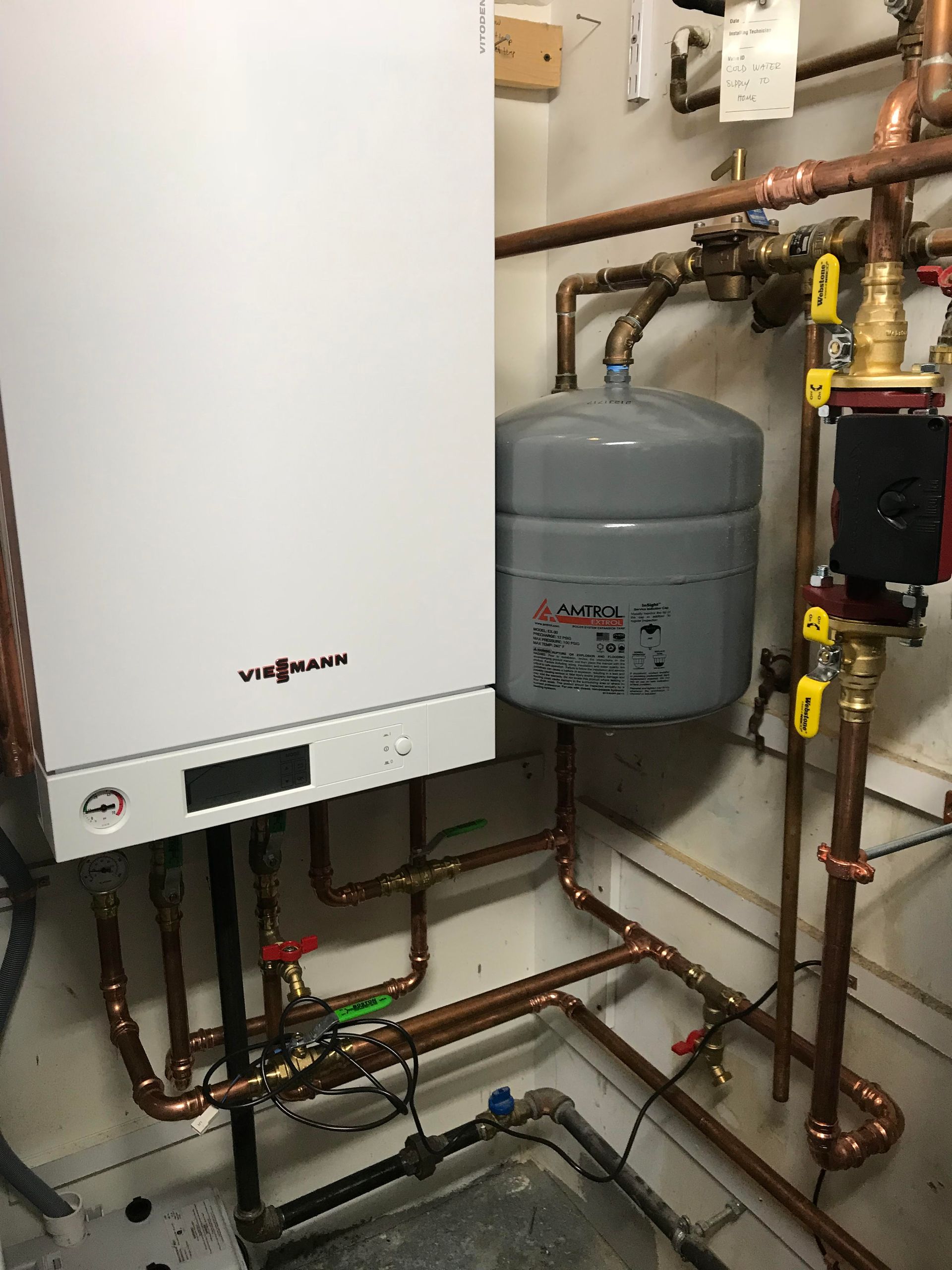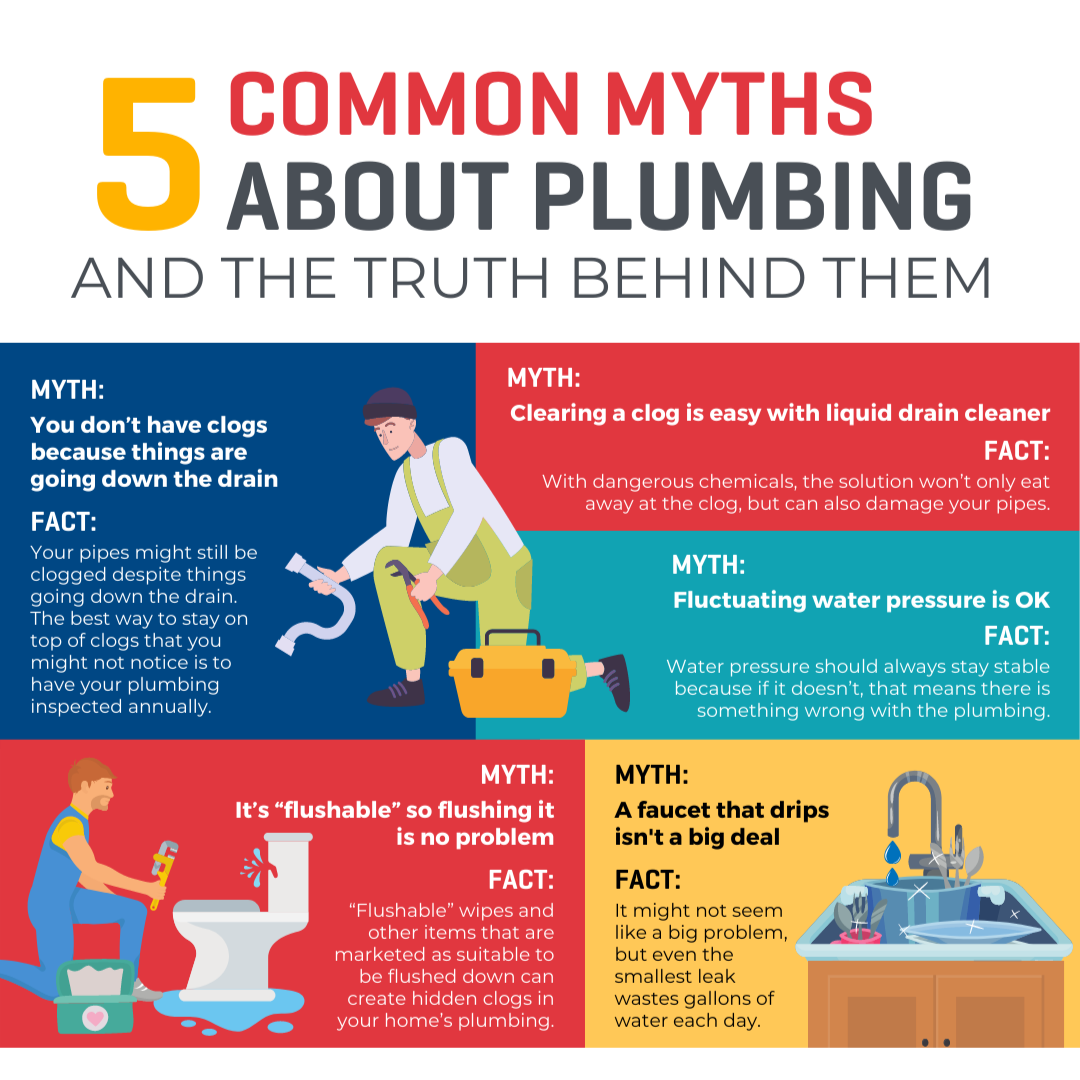
Emergency Plumbing Solutions: Immediate Actions to Mitigate Damage
Emergency Plumbing Solutions: Immediate Actions to Mitigate Damage
When a plumbing emergency strikes, the water gushing from a burst pipe or the overflow from a blocked toilet can cause panic. In these moments, immediate action is crucial to mitigate damage and prevent a small issue from becoming a disastrous and costly affair. This blog outlines the critical steps homeowners should take in a plumbing emergency before professional help arrives, including how to turn off your home's water supply—a fundamental skill every homeowner should possess.
Understanding Plumbing Emergencies
Plumbing emergencies come in various forms: burst pipes, severe leaks, overflowing toilets, and clogged drains leading to water backing up into the home. The first step in dealing with these emergencies is not to panic. By taking swift, calculated actions, you can significantly reduce the impact of the emergency.
Step 1: Shut Off the Water Supply
For Localized Issues:
If the issue is with a specific fixture, like a sink or toilet, start by turning off the valve directly connected to it. These valves are typically located under sinks or behind toilets and can be turned clockwise to shut off the water supply to the fixture.
For Major Emergencies:
In cases where the problem is not isolated to one area or you cannot locate the local shut-off valve, you will need to turn off the main water supply to your house. The main shut-off valve is often found near the water meter, in basements, or outside the home in warmer climates. Turning this valve clockwise will halt the water flow to the entire house, stopping the immediate water damage and giving you time to assess the situation.
Step 2: Drain the Remaining Water
After shutting off the water, turn on the faucets, especially those located outside or at the lowest point of your home, to drain any remaining water in the pipes. This step helps prevent any additional water from causing damage or complicating the repair process.
Step 3: Address Water Damage Immediately
Quickly move to minimize water damage to your home and belongings:
- Use towels, mops, and buckets to clean up as much water as possible.
- If safe, use a wet/dry vacuum to remove water from carpets and floors.
- Move furniture, rugs, and valuables to a dry area.
- Open windows and use fans to circulate air and help areas dry faster.
Step 4: Document the Damage
For insurance purposes, take photos or videos of the damage caused by the plumbing emergency. These documents can be crucial when filing an insurance claim for the damages. Be thorough in your documentation, covering all affected areas and items.
Step 5: Temporarily Fix Leaks if Possible
If you can identify the source of the leak and it's safe to do so, try to apply a temporary fix. For small leaks in pipes, you can use plumber's tape or even a rubber patch and a clamp as a temporary measure. However, these are not long-term solutions, and a professional plumber should address the issue as soon as possible.
Step 6: Call a Professional Plumber
Once you've taken immediate actions to mitigate damage, call a professional plumber to repair the issue. It's advisable to have a trusted plumber's contact information readily available for such emergencies. Professional plumbers have the tools, knowledge, and experience to diagnose and repair the problem efficiently and effectively.
Preventative Measures
Preventing future plumbing emergencies is just as crucial as knowing how to handle them. Regular maintenance checks can help identify potential issues before they escalate. Be mindful of what you flush down toilets and pour down drains, as foreign objects and grease can lead to clogs and backups. Additionally, consider installing water detection alarms in areas prone to water damage, such as basements and near water heaters, to alert you to leaks early.
Conclusion
Plumbing emergencies are daunting, but being prepared can significantly reduce their impact. Knowing how to quickly respond, from shutting off the water supply to minimizing water damage, can save you from extensive repairs and costs. Always remember that after taking immediate action, consulting a professional plumber is crucial to ensure the issue is thoroughly and safely resolved. Preventative measures and regular maintenance can help avoid future emergencies, keeping your home safe and dry.
Feeling like your in over your head and need our help ? Contact Semper Flow Plumbing. today to discuss how we can help you with all your property's plumbing needs. To learn more about what we do, please click here. To contact us, please click here or call us at 978-460-9472
You might also like


Book a Service Today
We will get back to you as soon as possible
Please try again later

Navigation
Services
Working hours
- Mon - Fri
- -
- Sat - Sun
- Appointment Only
After Hours Emergency Services
- Mon - Sun
- Open 24 Hours
